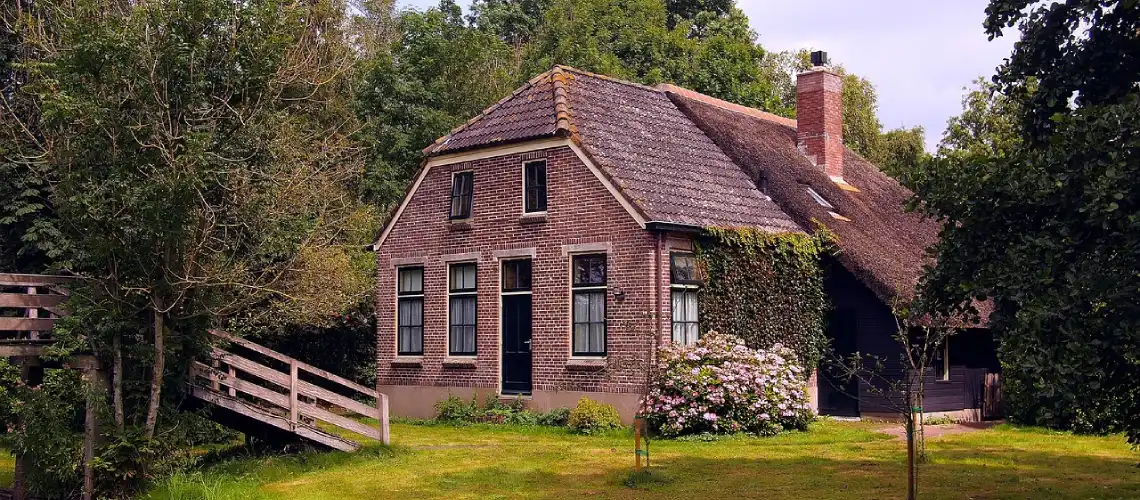Valuing non-standard homes, including unique properties like heritage homes, acreage, and multi-unit buildings, requires a nuanced approach. These properties defy conventional valuation metrics due to their distinctive characteristics, history, or land use. This article explores the special considerations necessary for obtaining accurate valuations for such atypical properties.
Challenges in Non-Standard Home Valuation
Valuing a non-standard property is inherently complex. The uniqueness of these properties means that there are often fewer comparable sales to reference, and their special features may appeal to a niche market. Below are the key challenges faced in non-standard home valuation:
Limited Comparables
The scarcity of similar properties can make it difficult to find comparable sales data, a cornerstone of traditional valuation methods. This scarcity challenges valuers to look for alternative ways to establish a property’s value accurately.
Unique Features and Appeal
Non-standard homes often boast unique architectural features, historical significance, or extensive land, which can be highly appealing to certain buyers but not to the market at large. Valuing these features accurately requires expertise and sometimes creative thinking.
Special Considerations for Accurate Valuations
Given the complexities involved, certain special considerations must be taken into account to ensure the accurate valuation of non-standard homes:
- Understanding the Unique Appeal: A deep understanding of what makes a property unique and how that uniqueness adds value is crucial. For heritage homes, this might include architectural significance or historical importance.
- Expertise in Niche Markets: Valuers need expertise in the specific market segment of non-standard homes. This expertise helps in understanding the demand dynamics for unique features and how they influence value.
- Broad Market Analysis: A broader analysis of the market, going beyond local comparables to include regional or national trends in non-standard properties, can provide additional insights into a property’s value.
- Professional Networks: Utilising professional networks to gather insights on similar properties and their valuation outcomes can aid in making more informed decisions.
Valuation Methods for Unique Properties
For non-standard homes, relying solely on traditional valuation methods may not suffice. Here are alternative approaches to consider:
- Income Approach: Especially relevant for multi-unit properties, this method considers the potential income generation as a primary value indicator.
- Cost Approach: Useful for heritage homes, where replacement costs for unique architectural elements can inform value.
- Consultation with Specialists: Engaging specialists in heritage conservation, rural property, or other relevant fields can provide additional perspectives on value.
Maximising the Value of Non-Standard Homes
Owners of non-standard homes can take proactive steps to ensure their properties are accurately valued:
- Maintain Detailed Records: Keep comprehensive records of all renovations, restorations, and unique features of the property.
- Market Understanding: Having a grasp of how similar properties are valued and marketed can provide valuable insights when preparing for valuation.
- Professional Advice: Seeking advice from real estate professionals who specialise in non-standard properties can be invaluable.
Valuing non-standard homes requires a tailored approach that respects the unique qualities of these properties. By understanding the specific challenges and considerations involved in non-standard home valuation, owners and buyers can ensure that these unique properties are accurately valued, reflecting their true market worth. Whether it’s a sprawling acreage, a historic heritage home, or a multi-unit complex, recognising and quantifying the unique appeal of non-standard homes is key to their accurate and fair valuation.


